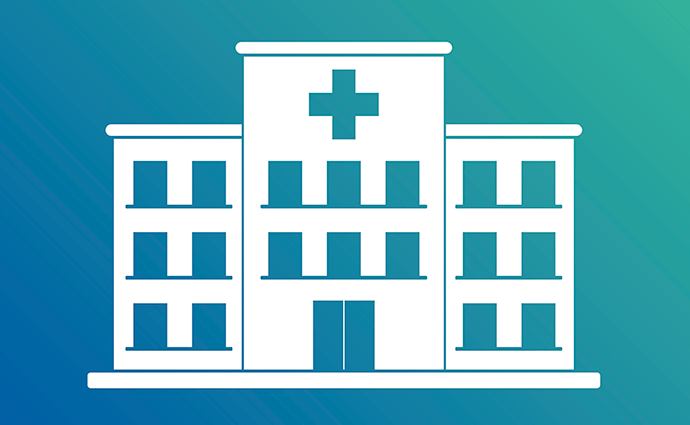Medicare Shared Savings Program ACOs Cut Spending by $1 Billion
In the first three years of the Medicare Shared Savings Program, ACOs cut spending by $1 billion.

Source: Thinkstock
- Accountable care organizations in the Medicare Shared Savings Program (MSSP) lowered net spending by $1 billion and could help control high expected Medicare spending in the future, a report from the Office of the Inspector General (OIG) found.
CMS implemented the Shared Savings Program in 2012 to improve care and reduce Medicare expenditures over time, which are estimated to reach $1 trillion dollars by 2027.
Over the first 3 years of the program, 428 participating MSSP ACOs served 9.7 million beneficiaries and achieved a billion-dollar reduction in spending. OIG also found the ACOs that participated in the program for longer achieved higher savings, which suggests that established ACOs have learned how to improve cost-savings year-by-year.
“Fifty-seven percent of ACOs that were in the program for 3 years were able to reduce spending in 2015, compared to 46 percent of ACOs that were in the program for 1 year,” OIG said.
“In addition, ACOs that were in the program for 3 years reduced spending by an average of $10.1 million per ACO in 2015, compared to $5.4 million per ACO for those that were in the program for 1 year.”
A group of “high-performing ACOs” substantially outperformed their counterparts and fee-for-service organizations in reducing healthcare spending, the report noted.
“These high-performing ACOs reduced spending by an average of $673 per beneficiary for key Medicare services during the review period,” OIG said. “In contrast, other Shared Savings Program ACOs and the national average for fee-for-service providers showed an increase in per beneficiary spending for key Medicare services.”
While MSSP ACOs did have higher average healthcare expenditures than fee-for-service organizations, their spending rates are trending downward. Despite the higher costs, ACOs vastly outperformed fee-for-service operations on 81 percent of standardized care quality measures, such as screenings for depression.
ACOs provided an average of 10.1 primary care visits per beneficiary compared to an average of 8.6 among traditional fee-based organizations, MSSP organizations also lowered admissions to skilled nursing facilities by 7 percent versus 4 percent for fee-for-service groups.
High-performing ACOs took this a step further. These ACOs had the highest average of primary care visits per beneficiary at 10.6, and reduced ED admissions as well as skilled nursing facility admissions.
OIG emphasized that ACOs were able to improve care quality, even though the number of Medicare beneficiaries ACOs who needed care increased significantly.
“The number of Medicare beneficiaries served by ACOs also grew in the first 3 years of the program,” OIG said. “In 2015, ACOs served 7.3 million beneficiaries, up from 3.7 million in 2013.”
“This amounted to 19 percent of all Medicare beneficiaries in 2015, compared to 10 percent in 2013. The average number of beneficiaries that each ACO served also increased over time. Each ACO served an average 18,500 beneficiaries in 2015, compared to 16,700 in 2013.
The report concluded that ACOs have extremely strong potential to provide quality care to a growing Medicare beneficiary population while lowering costs and without needing significant adjustments. OIG suggests that the high performing ACOs can provide public payers with valuable insight into the successful implementation of an ACO.
“With any major payment reform, time may be needed for organizations to make changes to improve quality and lower costs,” OIG concluded.
“While policy changes may be warranted, ACOs show promise in reducing spending and improving quality. High-performing ACOs produced substantial spending reductions for high-cost services while providing high-quality care.”
